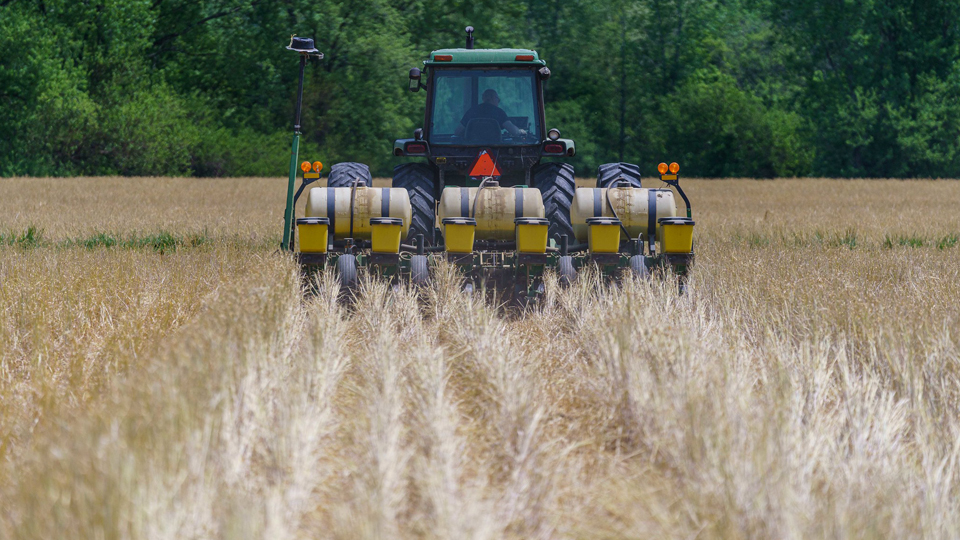Task force to study Indiana land use for economic growth, farmland protection
Subscriber Benefit
As a subscriber you can listen to articles at work, in the car, or while you work out. Subscribe Now
A 13-member committee will convene this summer to examine how Hoosier communities large and small can attract economic development while protecting prime farmland.
A bill establishing the land use task force came from first-term Republican Rep. Kendell Culp, a lifelong farmer from Jasper County who also serves as vice president of the Indiana Farm Bureau.
The committee will study growth trends in rural, suburban and urban communities, food security issues, factors that developers consider in siting projects and ways in which communities can overcome barriers to attract appropriate economic development.
Those obstacles often come in the form of local opposition from residents who fear that new development will take away prime farmland and alter the landscape of their community. As a former longtime Jasper County commissioner, Culp said he understands the pressure local officials face to vote down a project.
“There’s a lot of pressure to say ‘no’ on a very unpopular project,” Culp said. “Today, the answer might be no, but 10 years from now, the best answer might be yes. I think it’s important they look at how they can bring positive growth. You can’t say no to everything.”
The goal of the task force, Culp says, is to provide local officials with data and guidance to help them make decisions that promote smart economic growth. The information could help government leaders determine if the right type of land with the right type of soil is being protected for farming or gobbled up by development.
“We face a lot of struggles in our local communities in promoting economic development, and a lot of those revolve around a lack of information and expertise,” said Steven Eastridge, former executive director of the Jasper County Economic Development Corporation who testified in favor of the bill establishing the task force.
Concerns about losing prime farmland have risen as massive development projects have taken hold.
The $1.5 billion Mammoth Solar project under construction in Starke and Pulaski counties is on track to be the largest solar plant in the country, covering 13,000 acres. The Indiana Economic Development Corp. has amassed 9,000 acres in Boone County for the LEAP Lebanon Innovation and Research District.
IEDC has said that nearly all companies looking to move or expand in Indiana want to use clean energy to power their projects, and Gov. Eric Holcomb has touted the state’s green energy investments in trips overseas, hoping to lure foreign nations to invest here.
The land-use task force will include six lawmakers and representatives from a wide range of industries, including agriculture, business, construction, development, food and beverage, local government, planning, real estate and zoning.
Committee members are required to report their findings and recommendations to the legislative council no later than June 30, 2024.
Culp believes economic growth can happen without a substantial loss of farmland, a major concern in rural communities. He also authored legislation this year that requires the state department of agriculture to take an inventory of how much Hoosier farmland has been lost since 2010.
“We really need to see how much of our prime Hoosier farmland has been lost these last 12 years,” Culp said. “Then we can start to understand the causes and use the data from this inventory to help make recommendations for more efficient land use.”
According to the Indiana State Department of Agriculture, a total of 831,000 acres of farmland has been lost in Indiana since 1982. Last year, the American Farmland Trust ranked Indiana 44th among all states in efficient land use planning and farmland protection.
